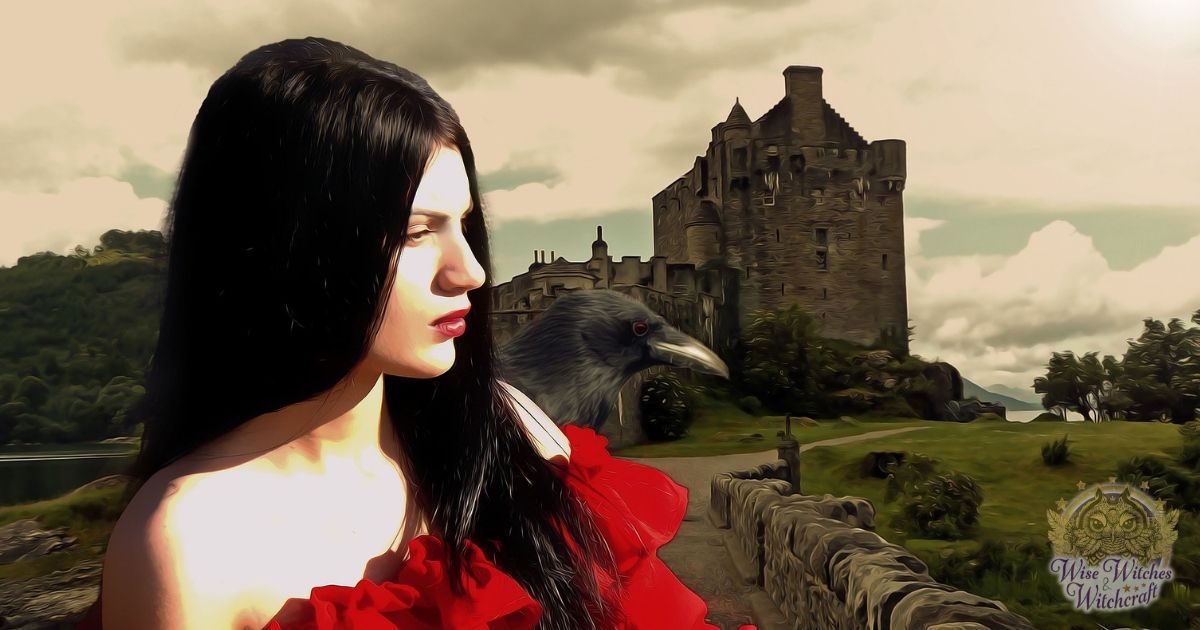Posted by David D. on 13th Oct 2021
What is Celtic Witchcraft?
What is Celtic Witchcraft?

As with other magical traditions, there have been a variety of groups practicing a version of Celtic witchery. There is American Celtic Wicca started by Lady Sheba, Celtic Wicca as presented by Gavin and Yvonne Frost (who also founded the Church and School of Wicca) and various other eclectic and solitary practitioners such as those involved in Neo-druidism.
Some writers and students of history such as Aidan Kelly and Ronal Hutton note by way of critique that much of Celtic Wicca draws from the Romanticist revival which really does not really stick to the historical evidence. Nonetheless, one group, the Celtic Reconstructionists focus heavily on maintaining historical and cultural accuracy as much as possible. Even if that were not the case nearly every modern magical practice has integrated elements from other cultures and belief systems.
A Celtic Witch’s World View

The underpinning of Celtic Witchcraft begins with deep, abiding respect, and love of the Earth. A large number of Celtic Witches revere two Deities, namely the Mother Goddess and the Horned God. There are other Deities in the Celtic pantheon that may appear in rituals and spellcraft depending on their realms of influence. For example, Aine of Knockaine, a Fairy Queen in Ireland, might be invoked to help in matters of love while the God Bel might become central to a solar celebration.
These types of Witches have some strong commonalities with Hedge Witches. Specifically, both Witch types see magic as intrinsic in all things. That includes rocks, tattoos, paintings, trees, wells… Everything! There are strains of Druidic practices in Celtic Witchcraft because of the strong role they played as religious leaders and wise people among the Celts as a whole. There are some researchers like Laurie Cabot who believe the ancient Druidesses of the highest rank eventually became nuns in the Catholic church, which certainly protected them from the superstitious laity.

